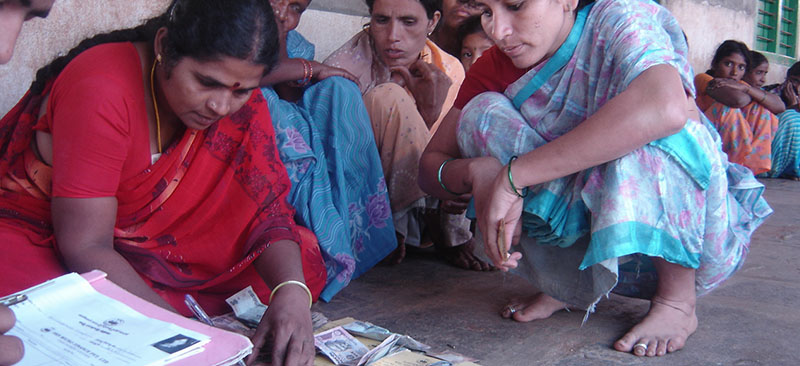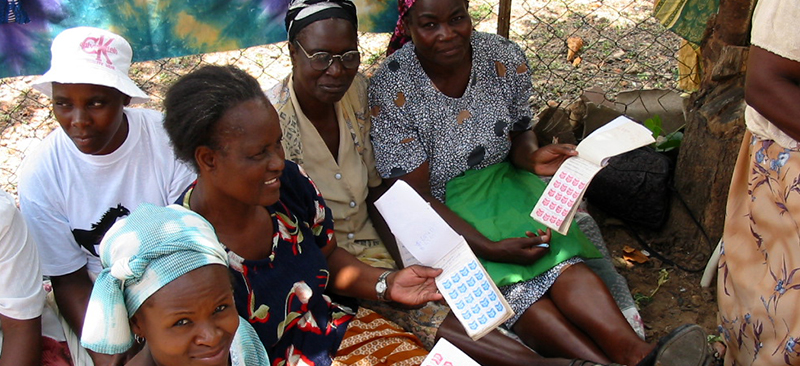This note explores dropouts and graduates and their significance for MFIs. Clients drop out of microfinance programmes mostly because of poorly designed products that fail to meet their needs. Not only inappropriate products, but also replication of models and systems without even considering the economic or socio-cultural conditions of the area affects the customer base. It further highlights the implications—such as cost and time—of the clients’ dropout on the MFIs. Graduation and its benefits for NGOs seeking to establish permanent and sustainable MFIs are also discussed.
Blog
Use and Impact of Savings Services among Low Income People in South Africa
This paper discusses how low-income people in South Africa (SA) save, how they use different savings services/systems and the impact of these savings facilities on their household budgets/lives. It also discusses how these findings would improve Ithala Bank’s and other institutions’ efforts to mobilize savings. Specifically, the paper:
Studies savings services used and not used by low income people; Examines the perceived advantages and disadvantages of these savings services; Assesses the socio-economic characteristics of the people using them;
Explores how savings services are used to manage household income; Investigates why some people save in kind and which financial services may induce them to start monetary savings; Draws lessons for Ithala and other financial institutions seeking to develop poor-responsive savings services.
The methodology that the study uses is: Focus group discussions; Interviews with low-income people and Ithala officials.
The findings of the paper are:
35 savings products were in use – 17 were Ithala products. The most used products were: Short-term loans from moneylenders; Cash saving through Accumulating Savings and Credit associations (ASCAs); Targeted savings through Ithala; Funeral schemes or burial societies. Ithala had intense competition from informal sector products. Most Ithala clients were low-income people of low literacy, and a significant number were senior citizens; Use of informal sector products was greater than that of the Ithala products. The paper concludes by recommending that Ithala should incorporate some informal sector features into existing and future products.
Are You Poor Enough? Client Selection by MicroFinance Institutions
The debate between the proponents of maximising sustainability, outreach and scale and thus serving many poor people (including poorer people) and the proponents of targeting “the poorest of the poor” continues. The polarisation between the two camps of “sustainability” and “targeting the poorest” was encapsulated by the original positions of the Consultative Group to Assist the Poorest (CGAP) and the MicroCredit Summit. The debate is essentially a healthy one and should help all of us involved in the industry clearly focused on what matters: providing financial services to poor people. The paper argues for the inclusion of the ‘non-poor’ in MFI programmes to cross-subsidise outreach to the poor. The eventual impact of microfinance on poverty and the sustainability of MFIs will ultimately depend on the organisations’ systems and products. The overall challenge is to design appropriate products and efficient systems for the benefit of both MFIs and their clients
The Relative Risks to the Savings of Poor People
Microfinance Institutions presently are not allowed to mobilse savings as per RBI specifications. The scepticism is grounded in two major arguments. One that MFIs would pose systemic risk due to their large scale operations, given that they might default; and second, that depositors would not be entirely safe, given the weaknesses of internal management and control systems in these institutions. As far as the former is concerned, MFIs presently do not have the penetration to pose systemic risk.
MicroSave carried out a qualitative and quantitative research in partnership with other the institutions in in Uganda to assess the relative risks involved in saving informally as compared to saving through institutions in the semi-formal and the formal sector. The research led to the conclusion that large scale erosion of savings presently taking place due to the poor saving informally, i.e. in kind for lack of any option, can be avoided if they are given the option of saving through the MFIs. The research revealed:
- 99% of clients saving in the informal sector reported loss of savings, mainly due to saving-in-kind
- 15% of those saving in the formal sector also reported loss of savings which was primarily due a cooperative bank closing
- 26% reported lost savings in the semi-formal sector which was primarily due to group lending mechanisms being preferred.
The findings establish that absolute deposit protection is never possible even in the formal sector. However, 99% losses occurring due to the poor saving informally can be avoided if they are given the option of saving through the MFIs. Detailed findings of the research can be read in this thought-provoking paper.
Assessment of the Use and Impact of MicroSave’s Market Research for Microfinance Toolkit
This note presents the findings from an assessment study of MicroSave‘s market research toolkit. In addition to a detailed description of the toolkit and the Participatory Rapid Appraisal Tools, the note presents the findings of the assessment study, which confirms the very positive value and effectiveness of MicroSave Market Research for MicroFinance toolkit.
Enhancing Responsiveness to Clients through the Feedback Loop
The note briefly discusses the eight phases in Feedback Loop and its significance in responding effectively to customer information. The eight phases of the loop are—information collection, information consolidation, analysis, reporting, decision making, delegation, communication, and implementation. It also draws lessons from five MFIs, which adopted this feedback loop, some of which include—client focused product innovations, improvements in systems, and issues related to time, cost and sustainability.





